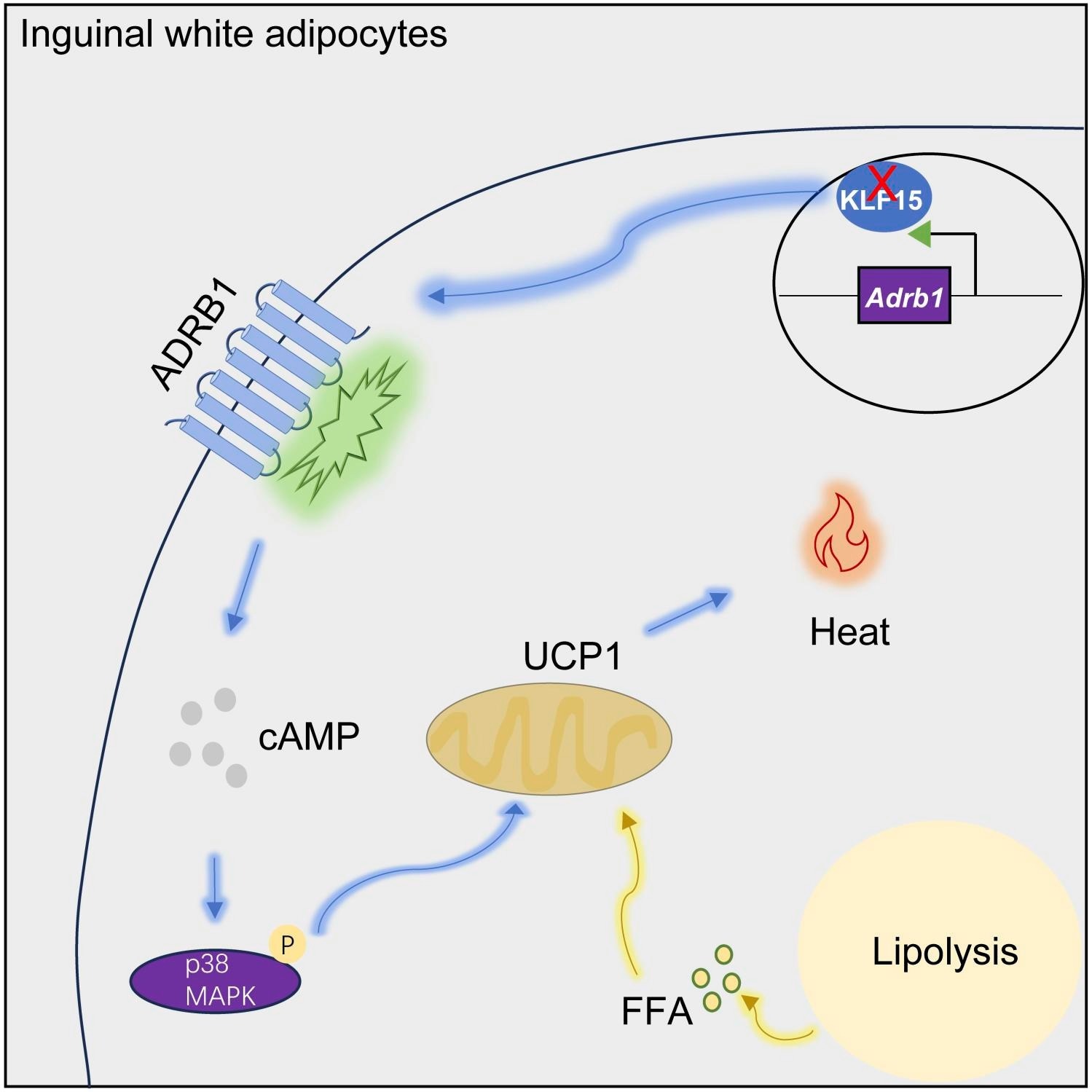Time: 2024-07-08
The University of California San Francisco researchers have made a groundbreaking discovery in the field of obesity treatment by identifying the role of the protein KLF-15 in converting white fat cells into beige fat cells . By inhibiting this protein , the researchers were able to switch the function of fat cells , leading to a significant reduction in fat stores . This feat has the potential to revolutionize the way we approach Weight loss , as it offers a new avenue for targeting stubborn white adipose tissue that is resistant to calorie burning.

Traditionally , scientists have focused on converting stem cells into brown or beige fat cells to enhance calorie burning and aid in weight loss . However , by targeting the KLF-15 protein , the researchers were able to directly influence the transformation of white fat cells into beige fat cells , offering a simpler and more effective approach to tackling obesity . This new discovery has the potential to overcome the roadblocks faced in previous stem cell research and pave the way for more efficient weight loss treatments.
Moreover , the researchers believe that targeting the Adrb1 receptor could lead to more successful weight loss outcomes without the side effects associated with current treatments . This new approach could offer long - lasting effects by limiting fat deposits without affecting the brain , offering a promising solution to the global obesity epidemic . The study was published in the Journal of Clinical Investigation , shedding light on a new direction for obesity treatment research.
In a recent preclinical study published in the Journal of Clinical Investigation , researchers in the United States delved into the role of the transcription factor KLF15 in maintaining white adipocyte properties in subcutaneous white adipose tissue in mouse models and human adipose cells . By deleting Klf15 , the researchers induced beige adipocyte properties in white adipose tissue , offering a potential avenue for treating obesity and metabolic disorders.
Adipocytes play a crucial role in energy homeostasis , with different adipose tissue depots having unique developmental and metabolic influences . The researchers found that KLF15 is essential for maintaining white adipocyte properties , particularly in subcutaneous white adipose tissue . By targeting KLF15 , researchers could modulate adipocyte sensitivity to adrenergic stimulation , promoting energy utilization and enhancing the conversion of white adipocytes into beige fat cells.
Overall , the study highlights the importance of KLF15 in adipose tissue maintenance and its potential as a therapeutic target for treating obesity and related metabolic disorders . By understanding the molecular mechanisms behind adipocyte function , researchers can develop more effective strategies for weight loss and improving metabolic health.